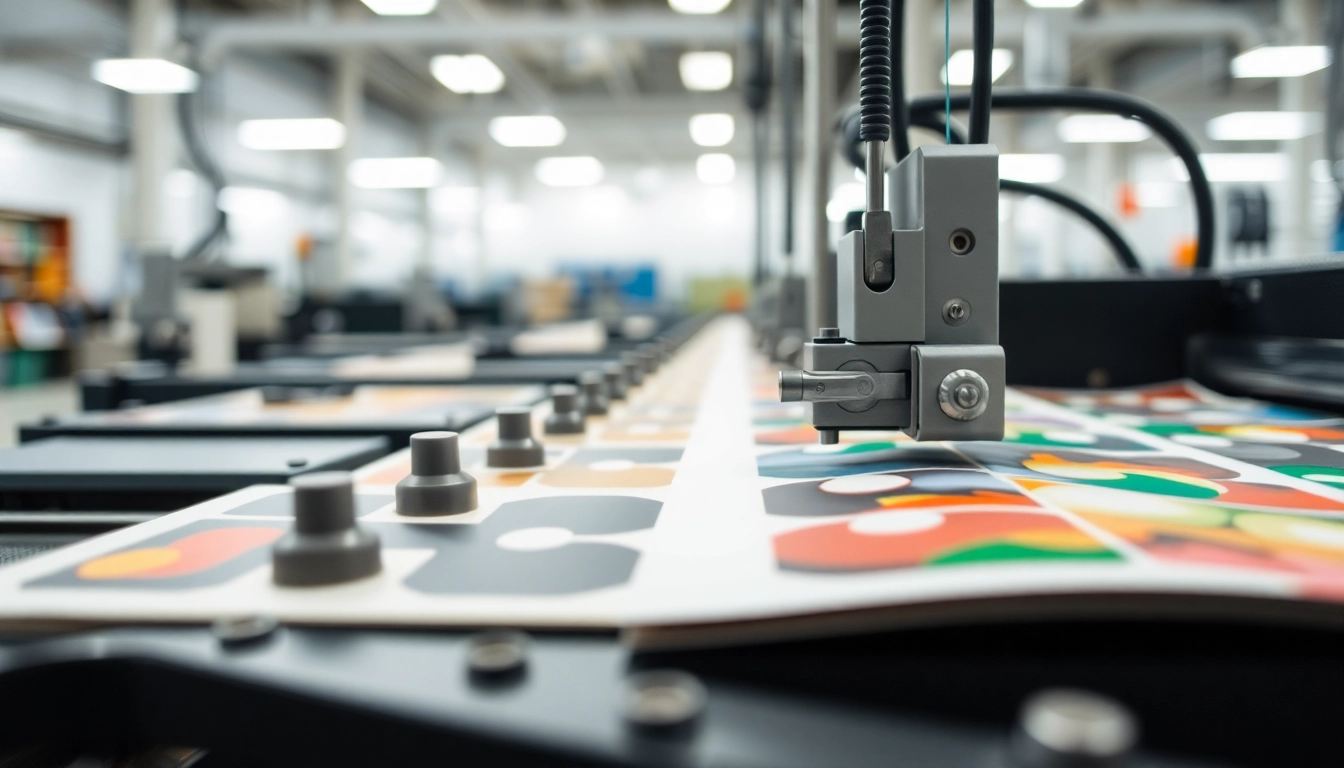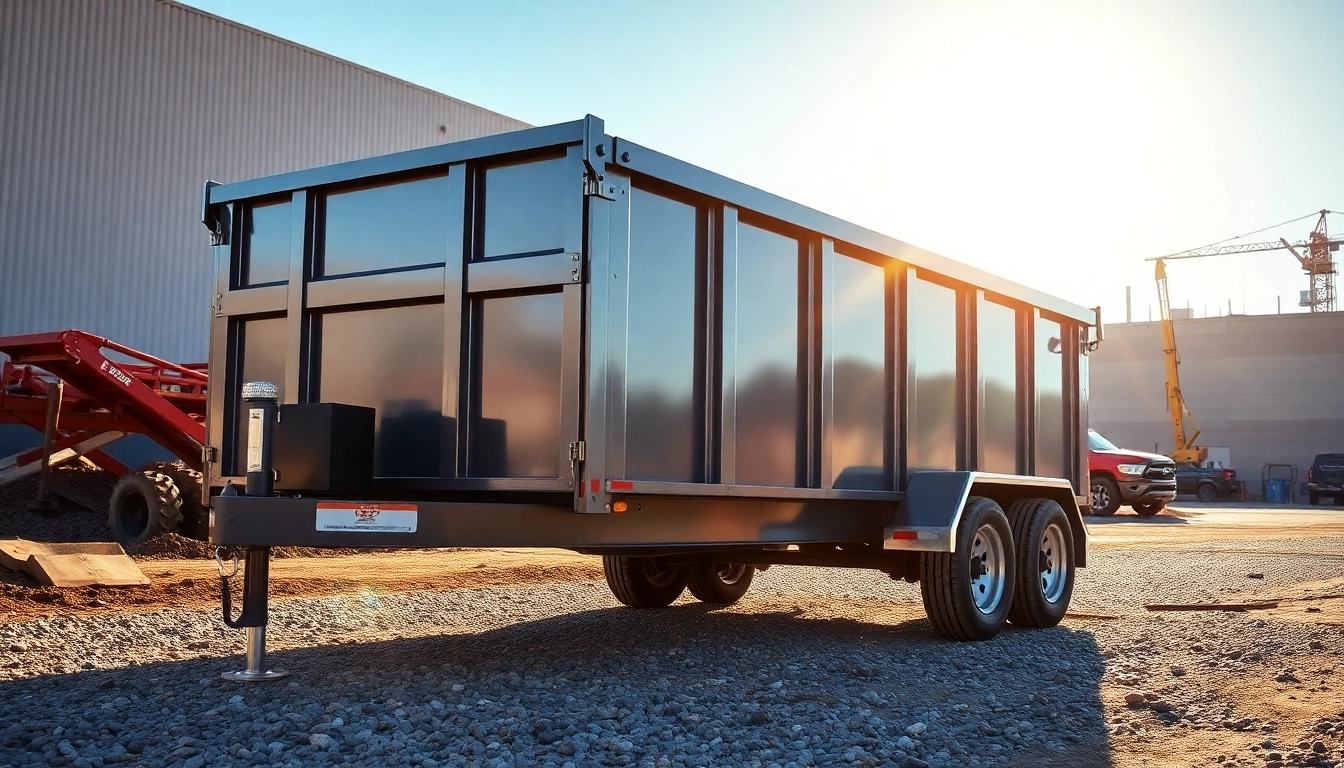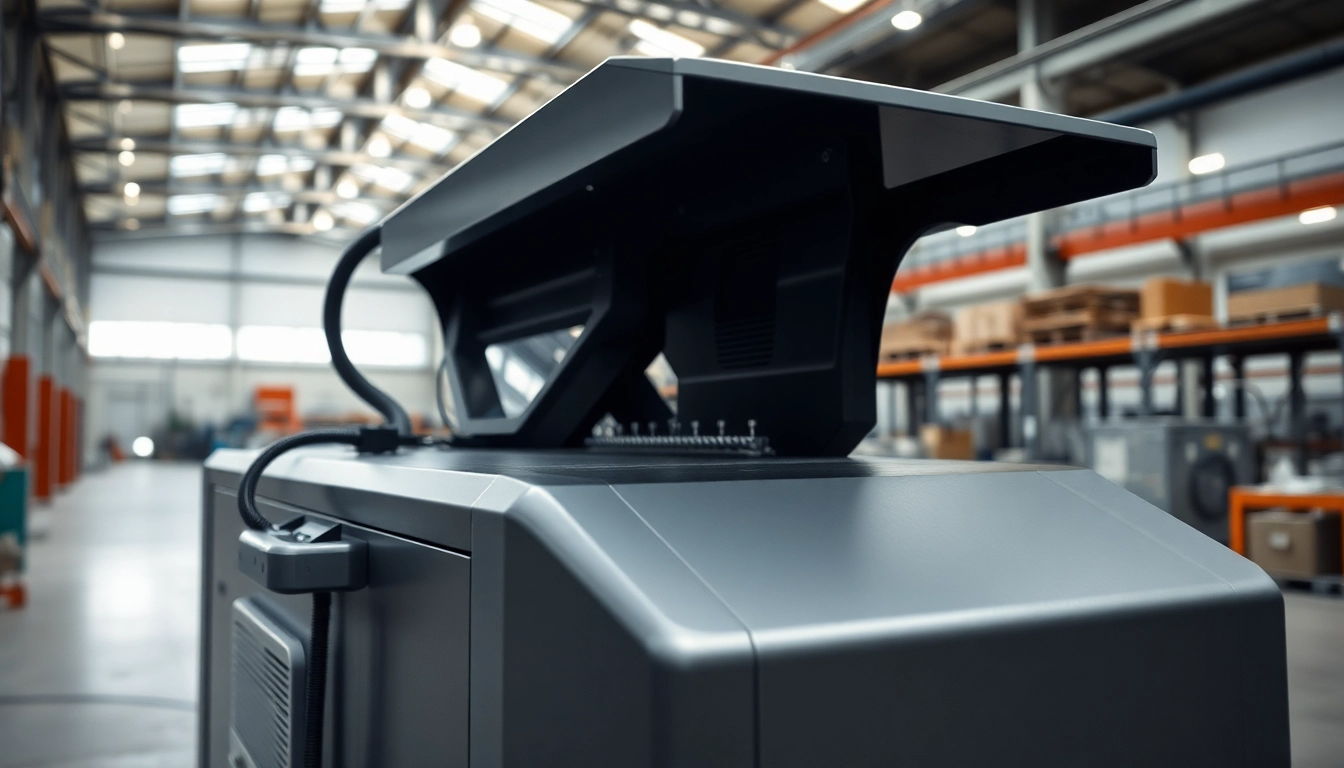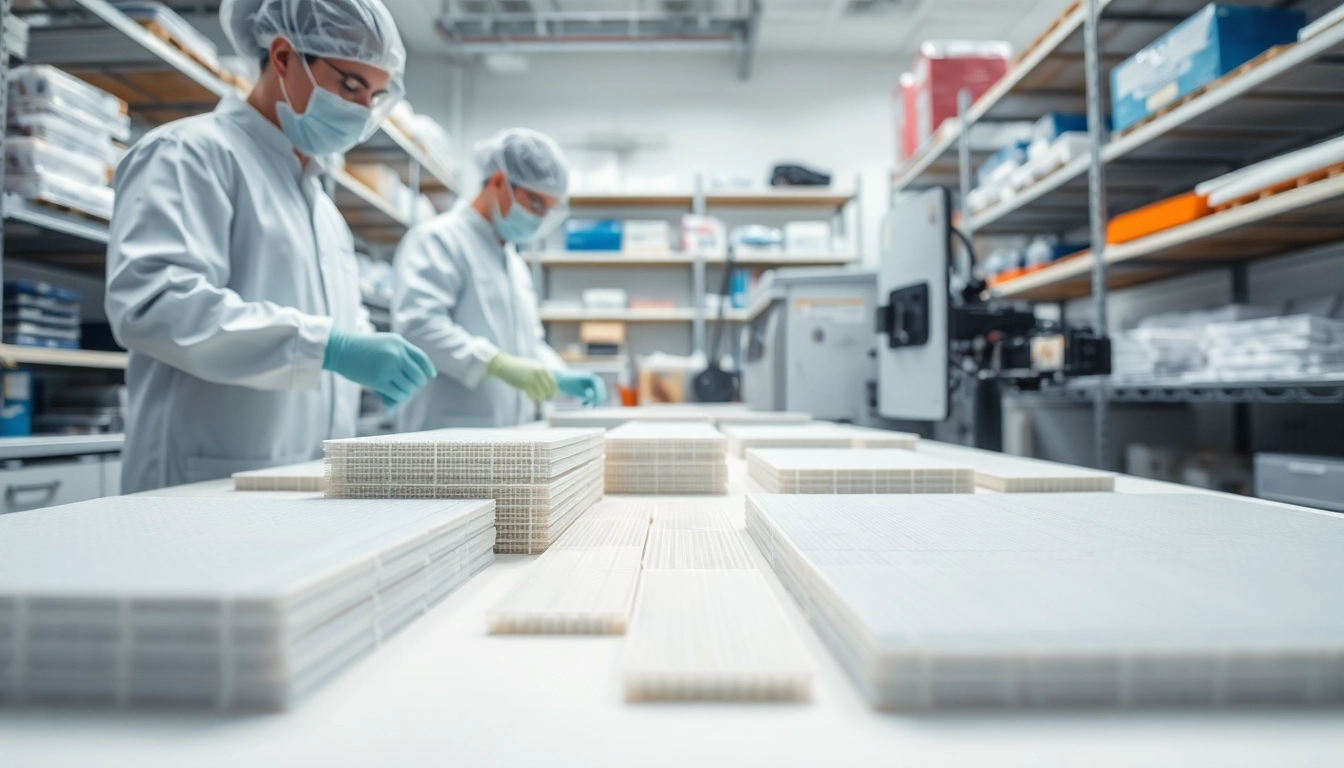Precision Die Cutting Services: Achieving Flawless Custom Shapes for Your Business
Understanding Precision Die Cutting
What is Precision Die Cutting?
Precision die cutting is a manufacturing process that involves the use of a die to cut specific shapes and patterns out of various materials. This technique is essential in numerous industries, including packaging, automotive, electronics, and textiles. Unlike standard die cutting, precision die cutting emphasizes meticulous accuracy, producing components that meet tight tolerances and specifications. The process typically utilizes steel or rotary dies to achieve the desired outcome, making it highly effective for complex shapes and designs.
The application of precision die cutting has revolutionized how businesses produce, package, and deliver their products, ensuring efficiency, reduced waste, and cost-effectiveness.
The Importance of Precision in Die Cutting
Precision is crucial in die cutting as it directly impacts the quality and functionality of the final product. Industries like aerospace and healthcare require components that not only fit perfectly into assemblies but must also meet stringent safety and performance standards. A deviation, no matter how small, can result in cascading failures or leading to catastrophic outcomes.
As such, achieving high levels of precision during the die cutting process ensures:
- Consistency: Each piece produced is identical in terms of dimensions and quality.
- Quality Control: Enhances the reliability of parts used in critical applications.
- Reduced Waste: Minimizing errors can significantly decrease material waste.
Applications Across Different Industries
The versatility of precision die cutting means its applications are widespread. Here are some notable examples:
Packing and Labeling
Precision die cutting is widely used in creating packaging solutions ranging from custom boxes to labels. The precision ensures that labels adhere properly and boxes fit snugly, avoiding damage during transit.
Automotive Industry
The automotive sector uses precision die cutting for producing gaskets, seals, and various interior components, where exact fit and function are paramount for safety and performance.
Electronics
In electronics, precision die cutting is crucial for creating components such as insulating materials, printed circuit boards, and casings that require exact specifications to work effectively.
Main Types of Die Cutting Processes
Flatbed Die Cutting Techniques
Flatbed die cutting is one of the most commonly used methods, especially for thicker materials. This process entails a flat bed where the material is placed, and a die is pressed onto the material to cut through it. The primary advantages include:
- Flexibility: Can handle various materials, including thick stocks.
- Cost-Effectiveness: Ideal for small to medium-sized production runs.
- User-Friendly: Easier to set up and adjust compared to other methods.
Rotary Die Cutting Advantages
Rotary die cutting employs a circular die that rotates to cut materials as they are fed through the machine. This method is beneficial for:
- High-Speed Production: Greatly increases production rates, suitable for larger runs.
- Continuous Process: The rotary action allows for a continuous feed of material, enhancing efficiency.
- Versatility: Can cut a variety of materials, including flexible substrates.
Laser Die Cutting Innovations
Laser die cutting employs a laser beam instead of a physical die to cut materials. This allows for unparalleled precision and the ability to create intricate designs with minimal material waste:
- Highly Detailed Cuts: Ideal for complex shapes and designs.
- Minimal Setup Time: Reduces lead times as no physical die is required.
- Suitable for a Variety of Materials: Including paper, plastics, and metals.
Benefits of Precision Die Cutting
Enhanced Accuracy and Detail
One of the most significant benefits of precision die cutting is the emphasis on accuracy. Tighter tolerances ensure that all cut pieces fit together seamlessly, which is particularly important in applications like automotive and medical devices. Manufacturers can achieve reproducibility that is critical in aligning parts for assemblies, reducing assembly time and errors.
Cost-Effective Production Solutions
Precision die cutting can be a cost-effective solution for manufacturers, particularly when producing high volumes of parts. The efficiency of the process helps in reducing labor costs while maintaining high quality, thus delivering a better return on investment. Additionally, the reduction in waste material through precision cuts leads to cost savings over time.
Quick Turnaround Times for Projects
In today’s fast-paced market, response time can be a competitive advantage. Precision die cutting techniques, especially through rotary and laser methods, allow manufacturers to execute projects quickly without compromising quality. This rapid turnaround ensures that businesses can meet client demands promptly, enhancing customer satisfaction and loyalty.
Choosing the Right Die Cutting Partner
Key Factors to Consider
When selecting a die cutting partner, several critical factors should be considered to ensure that you choose the best fit for your needs:
- Experience: Look for companies with extensive experience in the industry relevant to your product.
- Capabilities: Ensure they can handle the specific materials and tolerances you require.
- Technology: Consider partners who utilize the latest precision die cutting technologies.
Evaluating Quality and Capabilities
Quality assurance mechanisms are essential in die cutting manufacturing. A reliable partner will have extensive quality control processes in place to guarantee each component meets specifications. Factors to examine include:
- Certifications: Look for ISO and other industry-specific certifications that assure quality standards.
- Sample Production: Request samples to evaluate the precision and consistency of their work.
- Customer Reviews: Past client feedback can provide insights into their capability and reliability.
Understanding Cost Structures and Turnaround
A transparent cost structure is crucial when choosing a die cutting partner. Ensure you understand all associated costs, including setup charges, material costs, and order minimums. Additionally, evaluate the projected turnaround times to ensure they align with your project timelines.
Future Trends in Precision Die Cutting
Technological Advancements and Innovations
The future of precision die cutting lies in technological advancements such as automation and integration with other manufacturing processes. For instance, integrating AI and machine learning can enhance operational efficiencies, leading to even greater precision and faster production times.
Growth in Market Demands
As industries grow and evolve, so do the demands for more complex and customized products. Precision die cutting will see increased demand from sectors like renewable energy and advanced electronics, necessitating continual advancements in cutting technologies to meet these new challenges.
Sustainability and Eco-Friendly Practices
The shift towards sustainability is impacting every industry, including manufacturing. Precision die cutting processes are evolving to include materials that are recyclable and sustainable. Manufacturers are increasingly adopting practices that not only reduce waste but also promote the use of environmentally friendly materials, aligning with global sustainability goals.














Post Comment